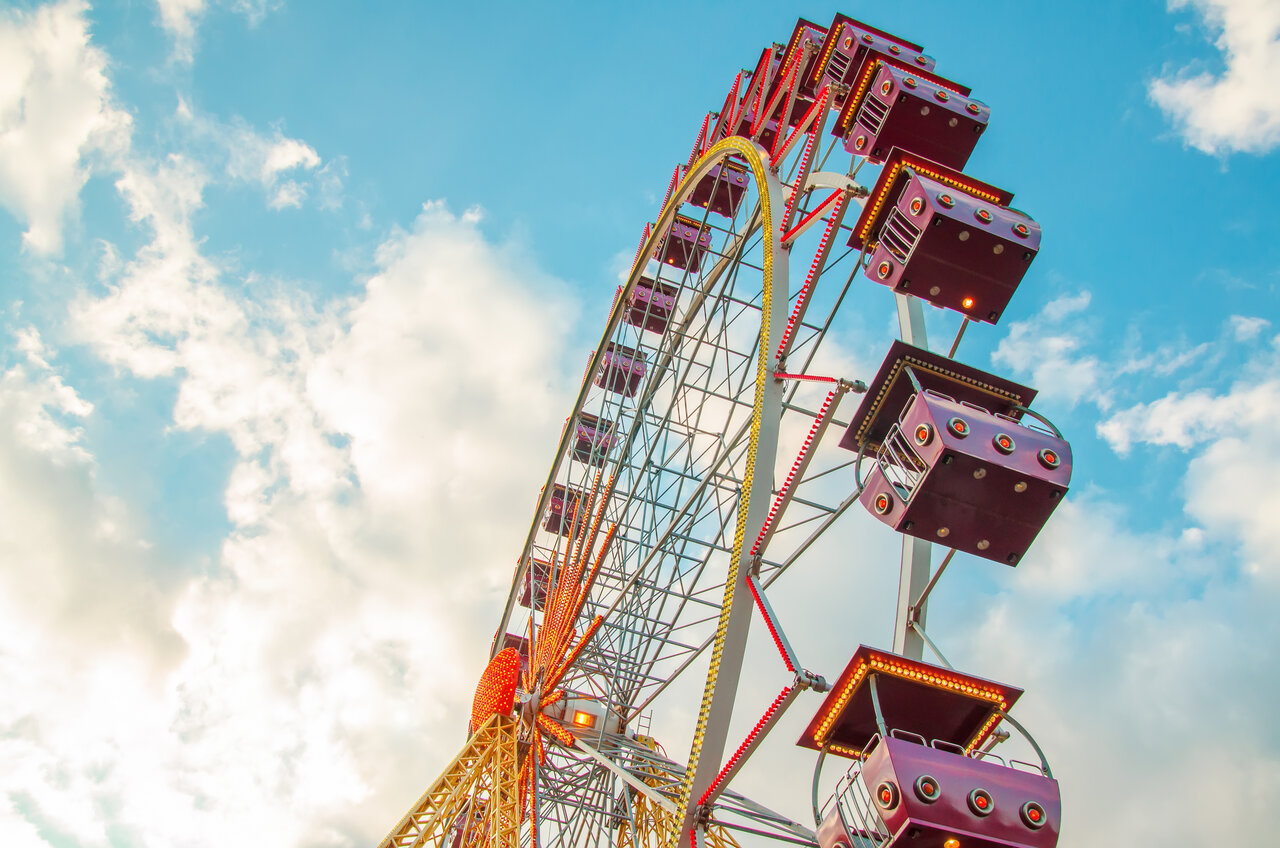By Joel Nelson on October 18, 2024 in Technology
World’s fairs – international exhibitions of industrial, scientific and cultural advances held at a specific site for several months – boast centuries of history as forums for transformative technologies.

The largest steam engine ever built, the telephone, the typewriter, the mechanical calculator, the Ferris wheel, a prototype fax machine and the Ford Mustang are just some of the inventions showcased at world’s fairs. In 1893, alternating current powered the World Columbian Exposition in Chicago, leading to the widespread use of electricity in homes and businesses.
World’s fairs also helped “instill confidence in a public still getting used to the idea that many of the goods they use every day were now being made using machines, rather than by hand,” according to Elizabeth Yuko, an adjunct professor of ethics at Fordham University.
The modern era of world’s fairs launched in 1851 with the Great Exhibition of the Works of Industry of All Nations in London, 60 years after the first industrial exhibition in Prague. Since then, more than 100 world’s fairs have been held in more than 20 countries. The U.S. Centennial Exhibition in Philadelphia, the first held in the U.S., drew almost 10 million attendees in 1876. Many fairs also featured art, entertainment, cultural exhibits and rides.
Fairs have often taken place against a backdrop of futuristic new structures such as the Eiffel Tower, at the time the world’s tallest tower (Paris, 1889); the Atomium (Brussels, 1958); the Space Needle (Seattle, 1962); and the Unisphere (New York City, 1964). Some fairs, such as those in Brussels and Montreal (1967), gave Cold War rivals a stage for space hardware and other advanced technology. (Although generally classified as a world’s fair, the 1964 event was not sanctioned by Paris-based Bureau International des Expositions, which governs and regulates world’s fairs, due to its organizers’ contravention of rules on exhibitor rent charges, scheduling and other procedures.)
Since 1936, specialized expos have addressed themes such as the environment (Spokane, Wash., 1974), oceans and coastlines (Okinawa, Japan, 1975; Lisbon, Portugal, 1998; and Yeosu, South Korea, 2021), energy (Knoxville, Tenn., 1982, and Astana, Kazakhstan, 2017) and housing (Tsukuba, Japan, 1985).
Striving to maintain relevance
No U.S. metro has hosted a world’s fair since New Orleans in 1984. The events are becoming increasingly expensive to stage, and some observers consider them extravagant and irrelevant in today’s world. It seems, well, fair to ask if they still have a place in today’s world.
“The rise of the internet in the 1990s, which brought the world into living rooms, replaced much of what many thought was the fair’s raison d’être – a new way to embrace the world with easy access and exchange of information,” says Ruth D. Nelson, who teaches art history at College of DuPage in Glen Ellyn, Ill.
“The way that [fairs] offered fantasy … is today so easy to get in other ways,” such as theme parks, movies and mass media, adds Lydia Mattice Brandt, an architectural historian at the University of South Carolina. And with improved transportation and communication networks, world’s fairs after World War I had “less to offer people who could now see movies or hear radio programs about foreign lands or even travel relatively easily to visit them firsthand,” says John Findling, professor emeritus of history at Indiana University Southeast.
But the reported record 73 million visitors to Expo Shanghai 2010 shows there’s still a market for fairs. The six-month Expo 2020 drew more than 24 million to Dubai, United Arab Emirates. Findling notes that “by moving away from the old theme of ‘technological utopianism’ and toward a focus on social and environmental issues … fairs can continue to be worthwhile for visitors as well as for host cities and countries.”
Expos 2025 and 2030 are scheduled for Osaka, Japan, and Riyadh, Saudi Arabia, respectively.
Nelson, writing for Time in September 2024, argues for recapturing “a glimpse of a glorious future” and “a buoyant sense of optimism and excitement” with a U.S. fair on the scale of the 1964 event. It could “offer an antidote, or at least a balm” in an era of social, political and environmental uncertainty and serve as a “uniting event … [that] can be an overwhelmingly positive experience and shape perspectives for an entire generation,” says Nelson (no relation to this writer).
Robert Rydell, professor emeritus of history at Montana State University and a world’s fair expert, concurs. “If people are still anxious to some large degree about where America and the world might be headed, then I would be positively shocked if there isn’t another world’s fair in America’s future, probably sooner than a lot of people expect.”
Rydell suggests thinking of world’s fairs “in terms of soft diplomatic power. You’re not going to war with somebody, but you’re basically showing the kind of power that you have accumulated through all of your resources.”


